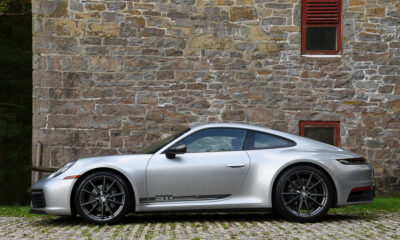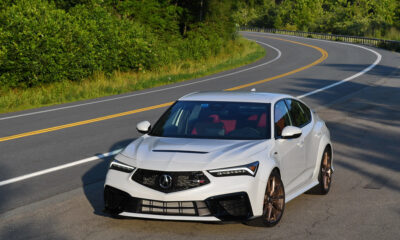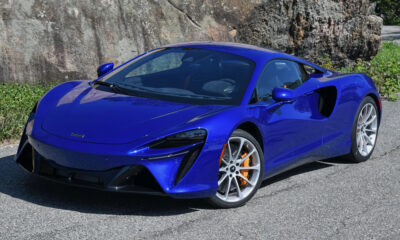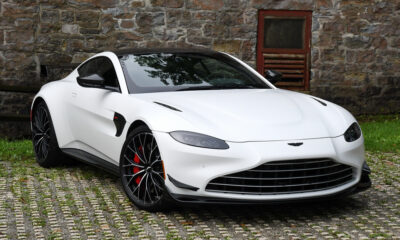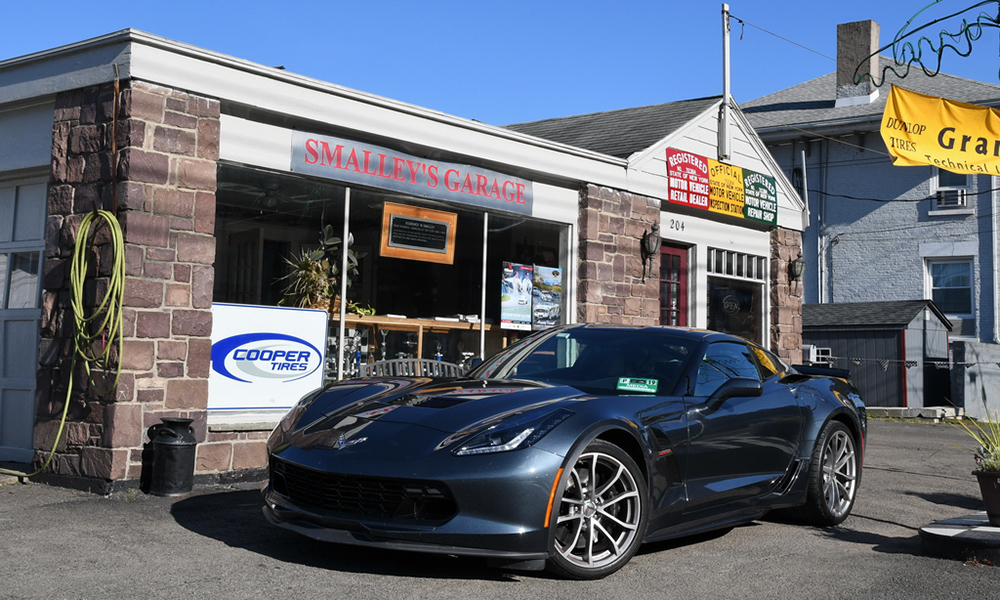
Photo: David Haueter
I still remember my first fast ride in a Corvette.
I was around 25 years old and it was in a family friends 1967 427 coupe. The owner wasted no time in giving me a big dose of the power that was under the hood of that car, and I still remember the noise and the brutal acceleration as he put his foot to the floor and worked the steering wheel to keep it in a straight line as the rear end struggled for traction.
Corvettes have changed a lot over the last 50 years, but they’ve always been instantly recognized as Corvettes and until now, they’ve always had a big engine out in front.
The new mid-engine C8 Corvette may end up being be a better car, but a last drive in the C7 shows what a fantastic sports car it is as the last of the traditional front-engine Corvettes.
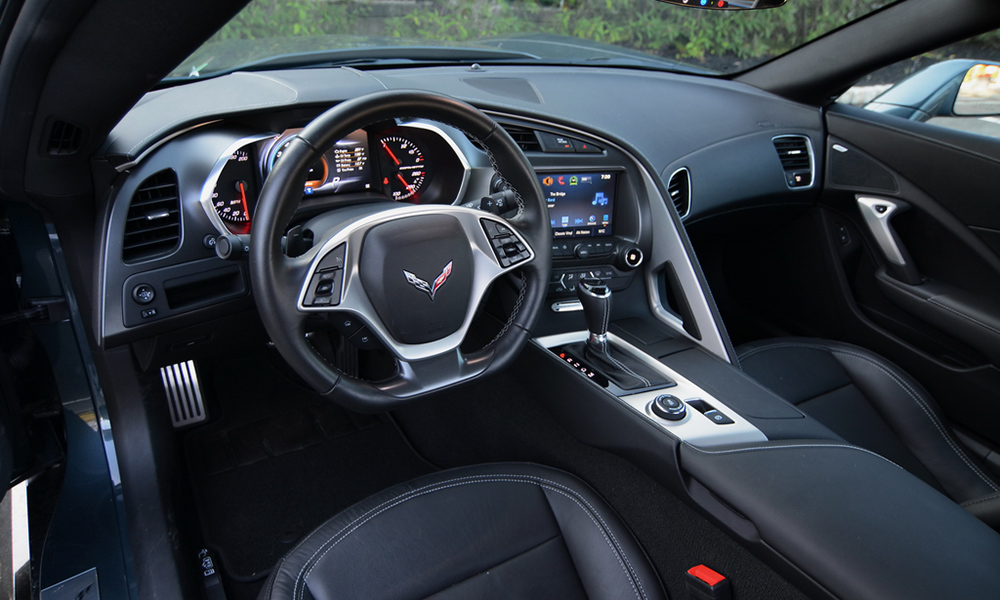
Photo: David Haueter
The C7 (with 7 signifying the 7th generation Corvette) was introduced for the 2014 model year and had some significant improvements over the C6 with more power and refinement, better handling with a stiffer chassis and improved interior quality with more supportive seats.
It also looked quite different with its aerodynamic bits and sharp character lines. Moving away from the traditional round tail lights was travesty to some old-school Corvette fans, but was soon forgotten by most when they realized how good the new car was.
The C7 lineup grew as the series progressed, with Grand Sport, Z06 and ZR1 versions to supplement the base model Stingray, and coupe or convertible versions for all of them.
There ended up being more than 150,000 C7 Corvettes produced over the lifespan of the car. Each of the versions has their own qualities, but I think it’s hard to beat the Grand Sport coupe as the best all-around C7.
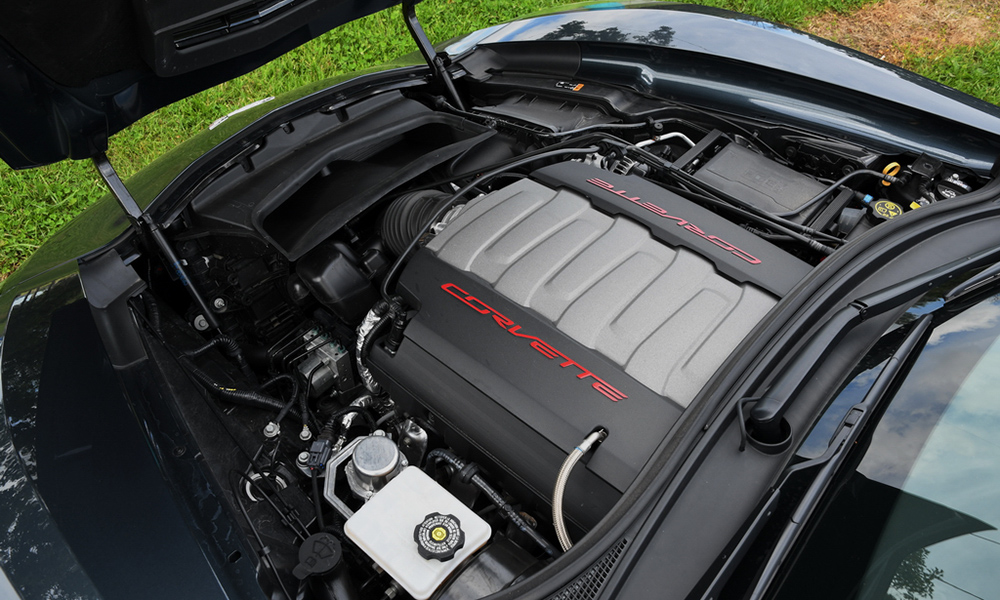
Photo: David Haueter
It sticks with the 6.2-liter V8 that’s in the base model Stingray that makes 460hp and 465 lb-ft of torque, but has the aerodynamics and bodywork from the Z06, which gives it a more dramatic and purposeful appearance.
At its core, the driving experience of the C7 is not all that much different from the 1967 427.
Of course, the C7 is much more refined than the ’67 and has technology that engineers in the late 1960’s could only dream about, but both have that big engine up front and loads of torque.
You expect the C7 Grand Sport to be fast (it is) and handle great (it does), but what you don’t expect is how practical it is. You can fit a surprising amount of luggage under the rear hatch and the C7 Grand Sport I drove delivered 26mpg on a 400-mile roundtrip to Watkins Glen – this in a car that can hit 60mph in 3.6 seconds.
The C7 displays great balance and poise on a twisty road but can also be surprisingly comfortable for cruising on the interstate, thanks to the magnetic ride control electronic adjustable suspension.
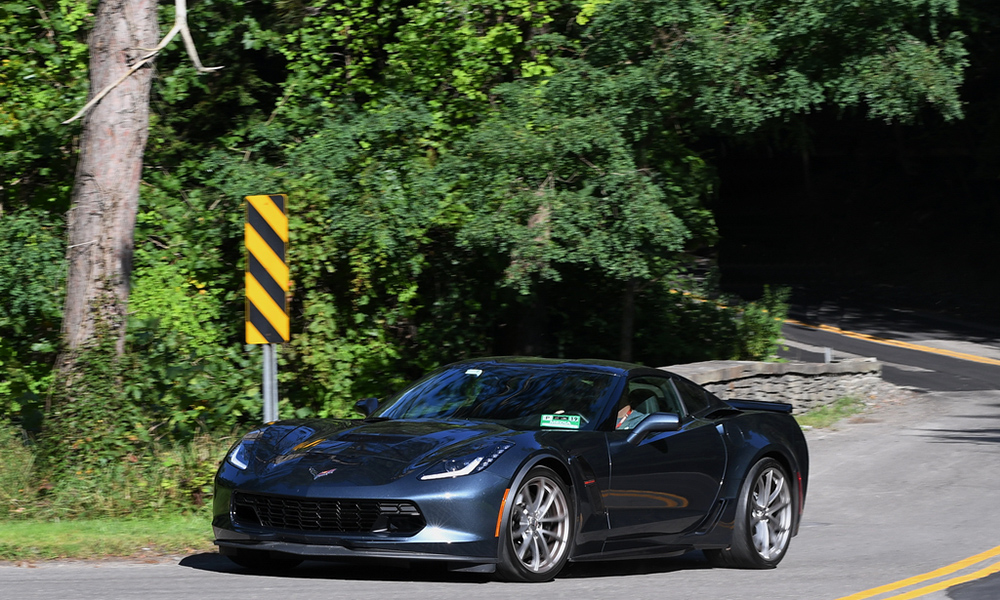
Photo: Ingrid Kretschmann
It only cost $65,900 – a bargain for a car with this level of performance, but the C7 still gets just as much attention on the road as much more expensive cars like the Acura NSX and the Mercedes-AMG GT. One of the things I notice when I drive a car is if I turn around to look back at it while I’m walking away, and I did with the Corvette every time I parked it.
Of course, the C7.R Corvette was incredibly successful on the race track as well, and Tommy Milner won a lot of races in the C7.R and a GTLM championship with Oliver Gavin in 2016.
“Going back to the first time we tested the C7.R, there were advancements in the chassis on the street car side that translated over to the race car, especially with chassis stiffness,” says Milner.
“I remember the first time we tested it at Road America, all us drivers mentioned straightaway that even though it wasn’t dramatically better to drive (than C6.R), there were areas where it was better, like the way it would run up on the curbs and come back down and put power down.”
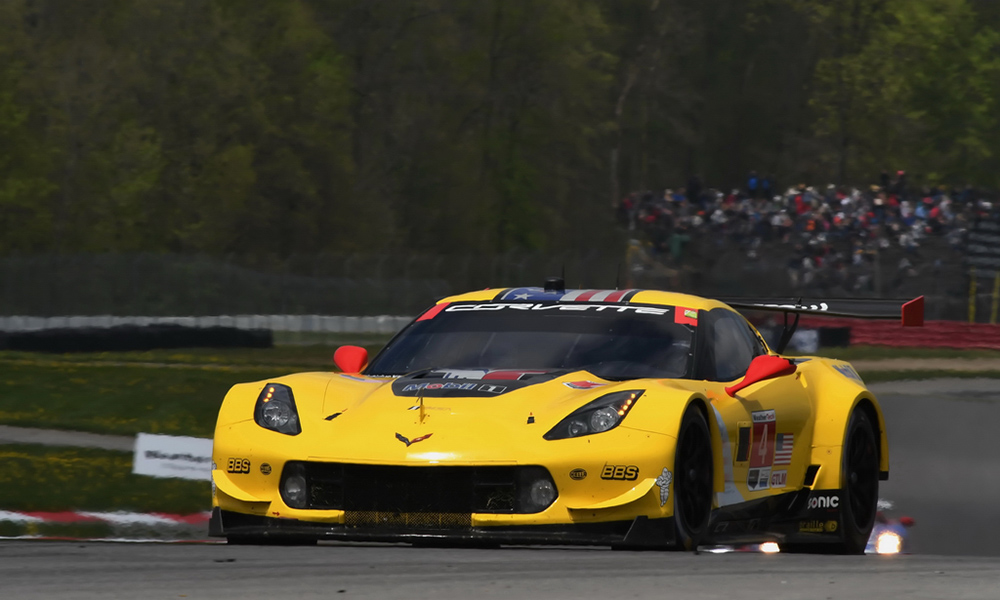
Photo: David Haueter
The C7.R was especially potent in longer endurance races. “The wins at Le Mans and Daytona certainly stand out,” says Milner.
“In 2015 at Le Mans, the No. 3 car had an accident in qualifying and wasn’t able to race, so we came into the race with one car and I think we had qualified last in GTE-Pro.
“The whole team rallied around the one car for the race to make the win possible. The C7.R was ultimately successful at every stage of its career. We didn’t get a win or a championship this past year with the car, but it still showed itself to be competitive.”
Corvette fans are still coming to grips with the big change to a mid-engine layout with the new C8 Corvette and Milner also thinks it the C8.R race car will take some getting used to, though they’ve already been testing it for around a year.
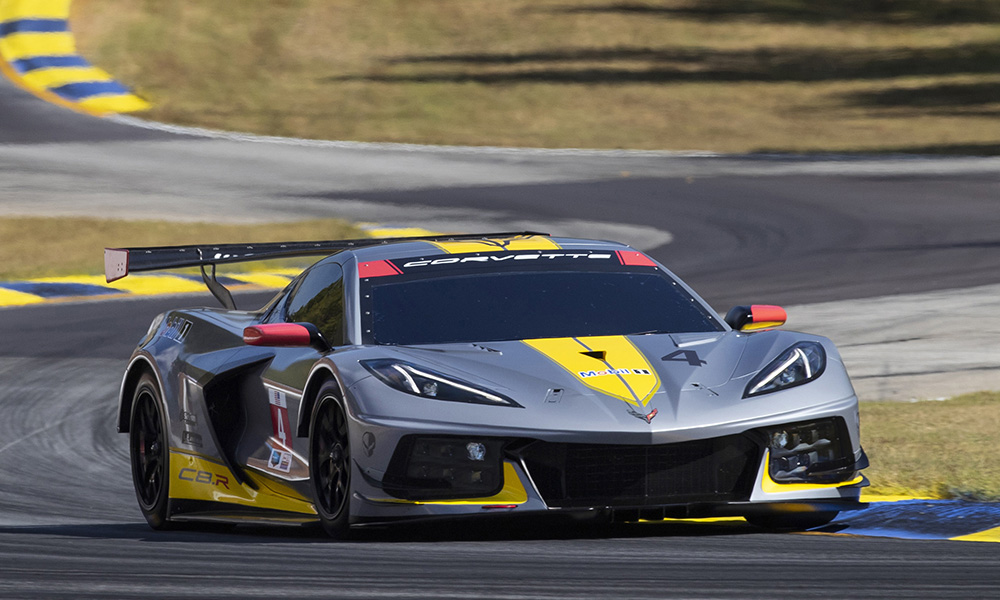
Photo: Richard Prince/GM
“The C8.R is going to be a big change for sure,” he says. “All my experience has been with the front-engine rear-drive Corvette, so we’re all going to be learning as we go and figuring out what it takes to make this car go fast. I think we’ll be happy with the new car, but I’m sure there will be times especially early where the C7.R will have done things better just because we haven’t figured the C8.R out completely yet.
“It looks like it’s going to be very good and I think it puts us more in line with the direction most of the other cars in the class have gone with more downforce. In that regard, I think we’ll be much better off.”
With C8 Corvette deliveries expected to begin soon after a delay from a UAW-GM strike, we should start seeing the C8s show up in the Corvette Corral at IMSA races by the time the main part of the season comes around in the spring.
In the meantime, the C8.R will pave the way for the road car as it competes at Daytona, the FIA WEC race at Circuit of The Americas, and the 12 Hours of Sebring to start off the racing season.
As with the C6 to C7 transition, we expect the Corvette faithful to embrace the new car once they warm up to it, but the C7 will always be special as the last of the front-engine Vettes.
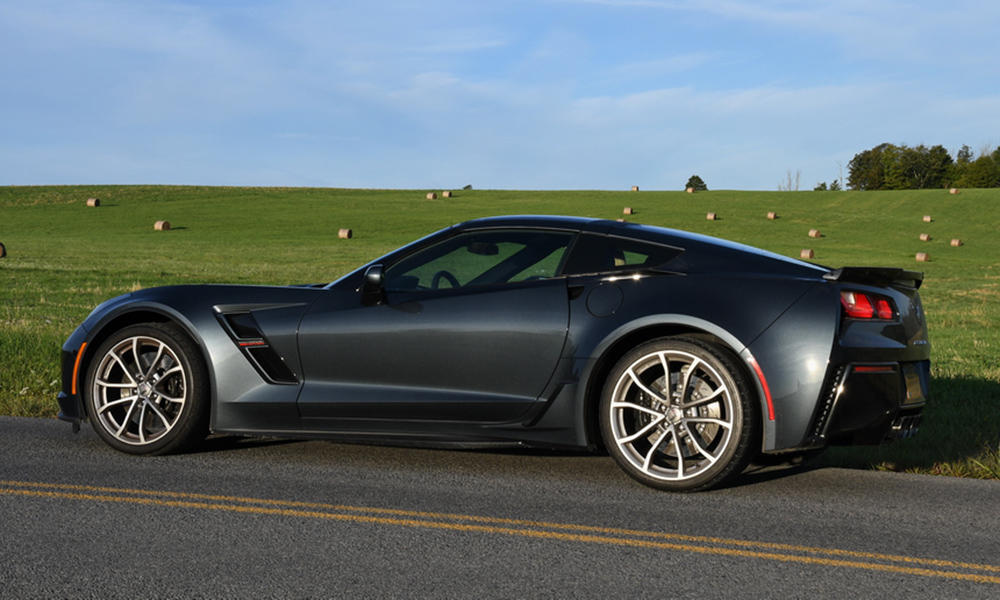
Photo: David Haueter



















